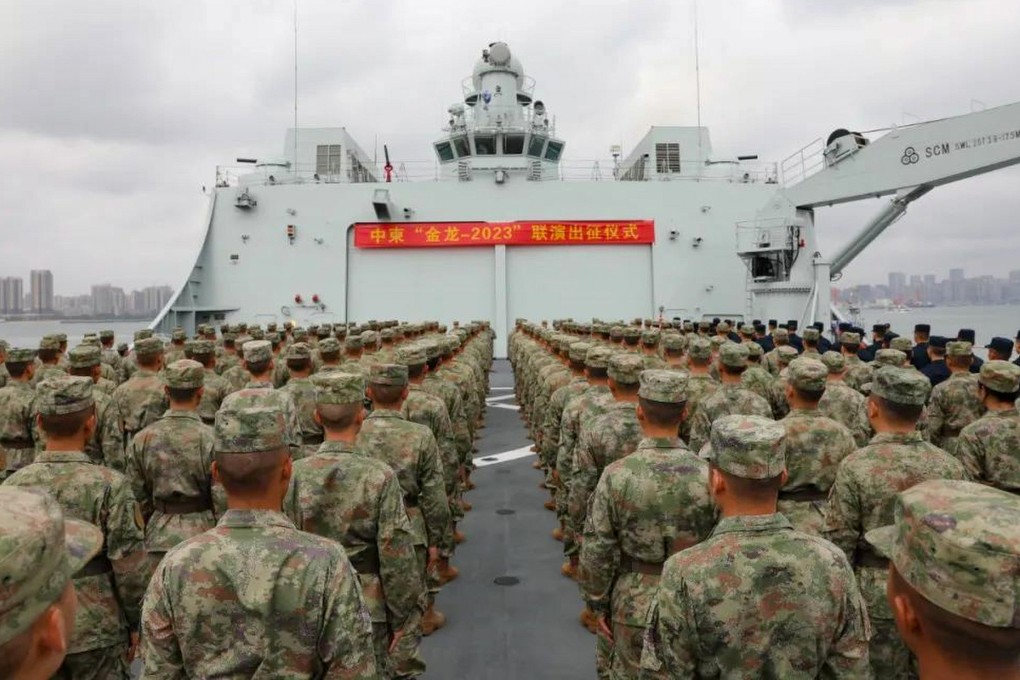China, US draw on regional forces to scale up mutual deterrence
- Joint exercises with Asia-Pacific partners have become common practice in competition between Washington and Beijing
- But the strategy to deter the use of force is creating a situation with more risks than the Cold War, according to one analyst

Defence observers said joint exercises with countries in the region had become common practice for the PLA and US forces, as a way to indicate their deterrent capabilities.
A team of 200 People’s Liberation Army troops from the Southern Theatre Command naval base in Zhanjiang, Guangdong province, will take part in Golden Dragon 2023, 20 days of drills with Cambodia from March 20.
At the same time, the US and the Philippines announced their biggest ever annual war games will be held from April 11 to 18, with 17,600 personnel from both sides taking part, including around 12,000 Americans.
Colonel Michael Logico, director of the Philippine military’s training centre, said the drills would include “live-fire exercises into the water” for the first time, according to Reuters.
The war games announcement comes less than six weeks after Manila and Washington agreed to restart joint patrols in the South China Sea. They also struck a deal to give US troops access to another four military bases in the Philippines.